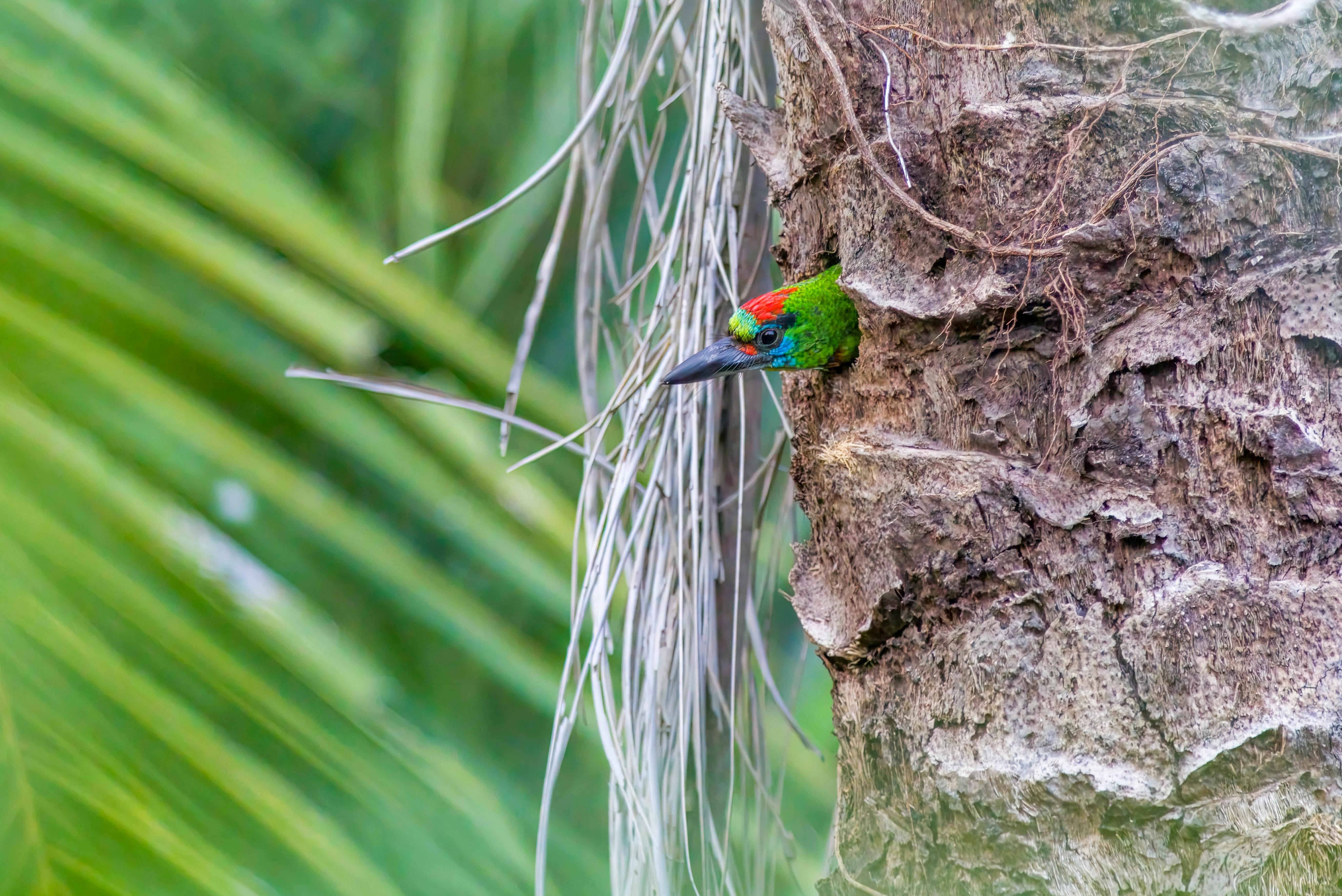Smart Ways to Use Detritus Worms in Your Aquarium for Healthy Ecosystem

Smart Ways to Use Detritus Worms in Your Aquarium for Healthy Ecosystem
Detritus worms are often overlooked in aquarium management, but they play a crucial role in maintaining a healthy ecosystem. These tiny aquatic invertebrates, often found in substrates, help in breaking down organic matter, which contributes to the aquarium’s overall health. Incorporating detritus worms into your aquarium can promote a balanced environment, reduce waste, and enhance water quality. This article will guide you through the benefits, care tips, and best practices for using detritus worms within your aquarium system.
Understanding the vital role of detritus worms, such as their interactions with other organisms and their functioning in the aquarium's food web, is important for maintaining an optimal aquatic habitat. Together, we will explore everything from their life cycle to success stories that illustrate their effectiveness in various aquariums. Let’s dive deeper into how you can utilize detritus worms in your tank.
Understanding Detritus Worms and Their Role in Aquariums
Before integrating detritus worms into your aquarium, it is essential to understand their biological characteristics and how they contribute to a healthy ecosystem. Detritus worms are scavengers, consuming organic debris and decomposing matter, which helps improve water quality and reduces the overall nutrient load in the aquarium.
Identifying the Best Detritus Worm Species
There are various species of detritus worms suitable for aquariums, with some being more beneficial than others. Examples include the Oligochaeta which usually inhabit freshwater environments. Choosing the right species can significantly impact your tank's health.
For instance, Tubifex worms are known for their role in processed waste; they consume decaying organic material and produce beneficial waste that contributes to nutrient cycling. Additionally, branching detritus worms effectively aerate the substrate while breaking down waste.
The Life Cycle and Habitats of Detritus Worms
Understanding the life cycle of detritus worms helps in maintaining a stable population within your aquarium. These worms reproduce rapidly under suitable conditions by fragmentation, where a part of the worm can grow into a new individual. This adaptability allows them to thrive in various environments.
In terms of habitat, detritus worms prefer well-maintained substrates rich in organic matter. They thrive in areas with low water flow, making corners and hidden spaces within your tank excellent locations for their growth. Providing such environments encourages detritus worm populations, which is crucial for sustainable aquarium management.
Benefits of Detritus Worms in Your Aquarium
The incorporation of detritus worms into your aquascape offers numerous benefits that can improve the quality and functionality of your aquarium.
Enhancing Water Quality and Reducing Waste
Detritus worms help in minimizing waste and enhancing water quality. As detritus feeders, they consume uneaten food, decaying plant matter, and fish waste. By regulating these organic materials, they assist in reducing pollution in the water, leading to lower ammonia and nitrate levels.
Promoting a Healthy Aquarium Environment
Healthier water parameters significantly influence the well-being of fish and plants in your aquarium. Detritus worms contribute to biological filtration, ensuring a balanced ecosystem with fewer harmful bacteria. This not only protects the fish but also enhances the growth of beneficial bacteria essential for nitrogen cycling.
Providing Natural Food Sources for Fish
Detritus worms are an excellent food source for various freshwater fish, making them an integral component of the aquarium food chain. This natural feeding behavior encourages predatory species while providing a source of nutrition without the drawbacks of processed foods.
Effective Care and Maintenance of Detritus Worms
Proper care and maintenance of detritus worms are fundamental to ensuring their survival and productivity in your aquarium.
Feeding Habits and Diet for Detritus Worms
Detritus worms can thrive on a diet of organic matter, including uneaten fish food, decaying plants, and fish waste. It’s essential to monitor feeding and ensure that food supplies meet their dietary needs without leading to overpopulation. You can supplement their diet with specially-formulated worm foods available in pet stores.
Water Parameters and Environmental Conditions
Maintaining appropriate water parameters is crucial for the health of detritus worms. They thrive in freshwater with a temperature range of 68°F to 75°F (20°C to 24°C) and a pH level between 6.5 to 7.5. Filtration plays a critical role in ensuring that the habitat is well-oxygenated and free from toxins. Regular water changes help support their ecosystem.
Breeding Techniques and Population Control
Breeding detritus worms can be an exciting project for aquarians looking to enhance their ecosystem. You can maximize their population by providing ample hiding spaces and ensuring a suitable environment. Conversely, to control their numbers, manage food sources efficiently to prevent overpopulation, which can lead to an imbalanced environment.
Addressing Common Concerns with Detritus Worms
Diverse concerns arise when keeping detritus worms, ranging from pest management to compatibility with other livestock in your aquarium.
Detritus Worms vs. Planaria
A common concern among aquarists is the confusion between detritus worms and planaria. While both live in similar environments, planaria are often considered pests due to their voracious nature and harmful impact on fish. It’s crucial to identify and remove planaria while maintaining a stable population of helpful detritus worms.
Methods for Removing Undesirable Worms
If detritus worm populations become overwhelming, consider adjusting their feeding regimen. Gradual reduction of organic material and increasing water flow can help control their numbers. For more severe infestations, consider using methods such as targeted removal or chemical treatments only as a last resort.
Utilizing Detritus Worms as Beneficial Scavengers
Despite their potential challenges, detritus worms remain invaluable. Their scavenging nature aids in cleaning tanks, helping ensure a balanced aquatic environment. Providing a healthy ecosystem promotes the longevity and health of detritus worms as effective biological cleaners in your aquarium.
Q&A: Common Questions About Detritus Worms in Aquariums
1. What are the best conditions for keeping detritus worms?
Detritus worms thrive in stable environments with a pH between 6.5 and 7.5, temperatures around 68°F to 75°F (20°C to 24°C), and adequate organic debris to feed on.
2. Are detritus worms harmful to fish?
No, detritus worms are generally beneficial. They contribute to a clean environment and provide a food source for certain fish species. However, monitor their populations to avoid potential overpopulation.
3. How do I identify if I have detritus worms in my tank?
Detritus worms are typically small and segmented, often visible in the substrate. They may appear as little white or brown wriggly creatures, often clustered in low-flow areas of the tank.
4. Can I breed detritus worms at home?
Yes, detritus worms can be successfully bred at home by ensuring a healthy environment with sufficient organic material and conditions that promote reproduction.
5. What should I do if I discover planaria in my aquarium?
If you notice planaria, it is crucial to remove them promptly. Reducing excess food and organic debris will naturally help decrease their populations, and you may consider specific treatments designed for planaria removal while protecting detritus worms.

